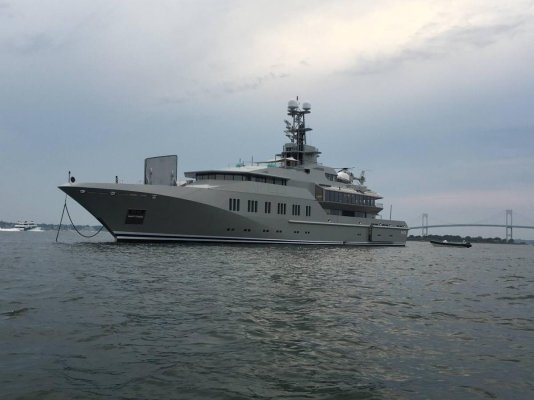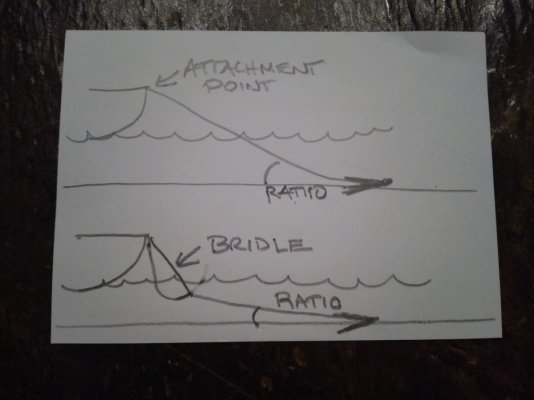psneeld
Guru
Well....I think it changes the scope ratio based on where the snubber/rode connection hangs.
Granted as the wind or current increases...it steadily becomes a smaller ratio untill the snubber/rode is a straight line from where it touches the boat to the anchor
It doesnt change the atrachment point for ultimate conditions, but it changes the math for the scope at any moment or average conditions.
Granted as the wind or current increases...it steadily becomes a smaller ratio untill the snubber/rode is a straight line from where it touches the boat to the anchor
It doesnt change the atrachment point for ultimate conditions, but it changes the math for the scope at any moment or average conditions.
Last edited:



